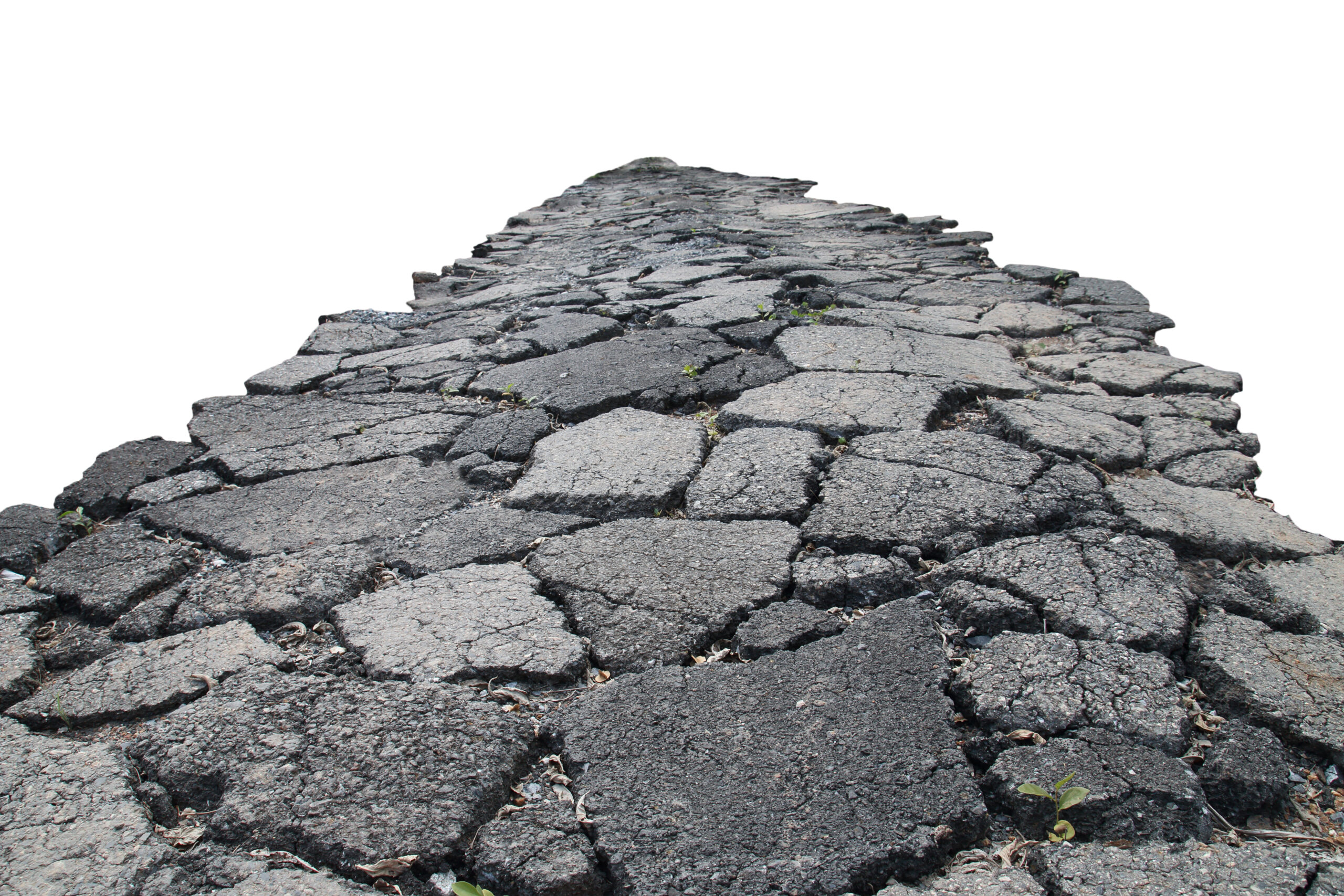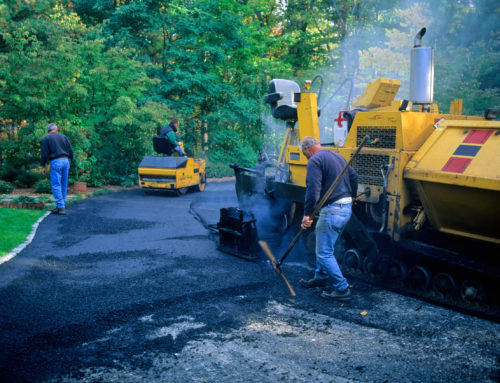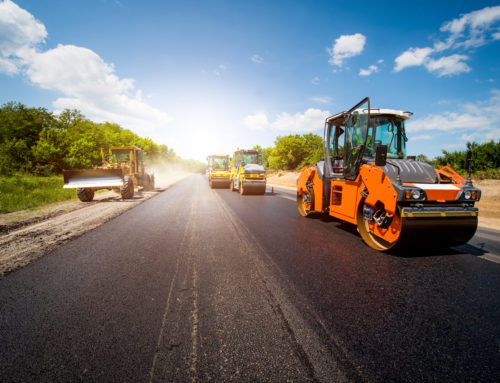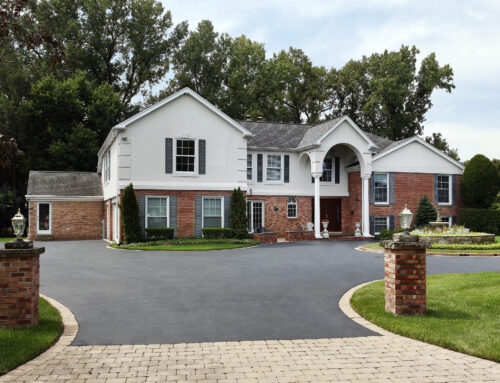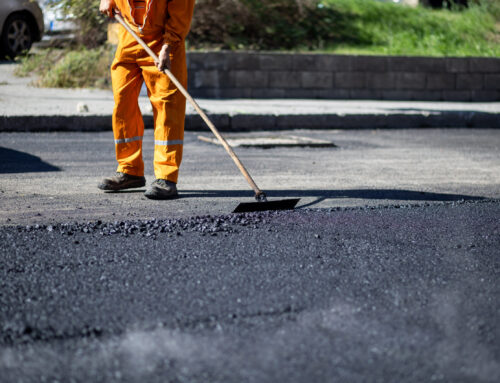Asphalt surfaces, though durable, are not impervious to the wear and tear brought on by constant use and the elements. Over time, cracks, potholes, and surface degradation can compromise the integrity of roads, driveways, and parking lots. When faced with these challenges, property owners and municipalities often have to decide between resurfacing and repaving to restore the surface. In this blog, we’ll delve into the techniques of resurfacing and repaving, exploring their differences, benefits, and the factors influencing the choice between them.
Understanding Resurfacing
Resurfacing, also known as overlaying, is a technique aimed at extending the life of an existing asphalt surface without completely replacing it. This approach involves placing a new asphalt layer on top of the existing one. Before resurfacing, any cracks, potholes, and other defects are repaired. The new layer provides a fresh, smooth surface that addresses minor imperfections and protects against further deterioration.
Benefits of Resurfacing:
Cost-Effectiveness: Resurfacing is generally more cost-effective than repaving since it requires fewer materials and less labor.
Time-Efficient: The resurfacing process is quicker than repaving, which means less disruption to traffic and regular activities.
Improved Aesthetics: The new layer of asphalt can significantly enhance the appearance of the surface, giving it a fresh and well-maintained look.
Surface Preservation: By adding an additional layer, resurfacing helps protect the underlying pavement from UV rays, water infiltration, and other environmental factors.
Exploring Repaving
Repaving, also called full-depth paving, involves removing the existing asphalt layer and replacing it entirely with a new one. This technique is typically chosen when the existing pavement is severely damaged, with deep cracks, extensive potholes, or significant structural issues. Repaving is a more comprehensive solution that ensures the base layers of the pavement are also addressed.
Benefits of Repaving:
Structural Restoration: Repaving addresses underlying structural issues, providing a long-term solution to pavement deterioration.
Enhanced Longevity: Since the entire surface is replaced, repaving offers a fresh start and can extend the life of the pavement for many years.
Higher Durability: Repaved surfaces are generally more durable and can withstand heavy traffic loads and harsh weather conditions.
Potential for Innovation: Repaving allows for incorporating advanced materials and techniques, leading to a more technologically advanced pavement.
Factors Influencing the Decision
The decision between resurfacing and repaving depends on a variety of factors:
Extent of Damage: The severity of cracks, potholes, and surface degradation plays a crucial role. Minor damage is often suitable for resurfacing, while extensive damage may require repaving.
Budget Constraints: Resurfacing is usually more budget-friendly, making it a favorable option when finances are a concern.
Long-Term Goals: Consider whether you’re looking for a short-term solution or a more durable, long-term investment.
Traffic Load: The volume and weight of traffic the pavement will bear can influence the decision. Repaving is more suitable for high-traffic areas.
Underlying Conditions: If the base layers of the pavement are compromised, repaving might be necessary to ensure structural integrity.
Aesthetic Considerations: Resurfacing is a great way to improve appearance, making it a preferred choice for surfaces that mainly need a facelift.
When faced with worn and deteriorating asphalt surfaces, choosing between resurfacing and repaving requires careful consideration of various factors. Resurfacing is a cost-effective and efficient solution that can address minor issues and provide a refreshed look. On the other hand, repaving offers a more comprehensive solution for surfaces with extensive damage, enhancing structural integrity and durability.
Asphalt professionals play a crucial role in assessing the condition of the pavement, recommending the appropriate solution, and executing the chosen technique with precision. Whether resurfacing to revive a tired-looking driveway or repaving to restore a heavily trafficked road, these techniques ensure that our asphalt surfaces remain safe, functional, and aesthetically pleasing for years to come.

